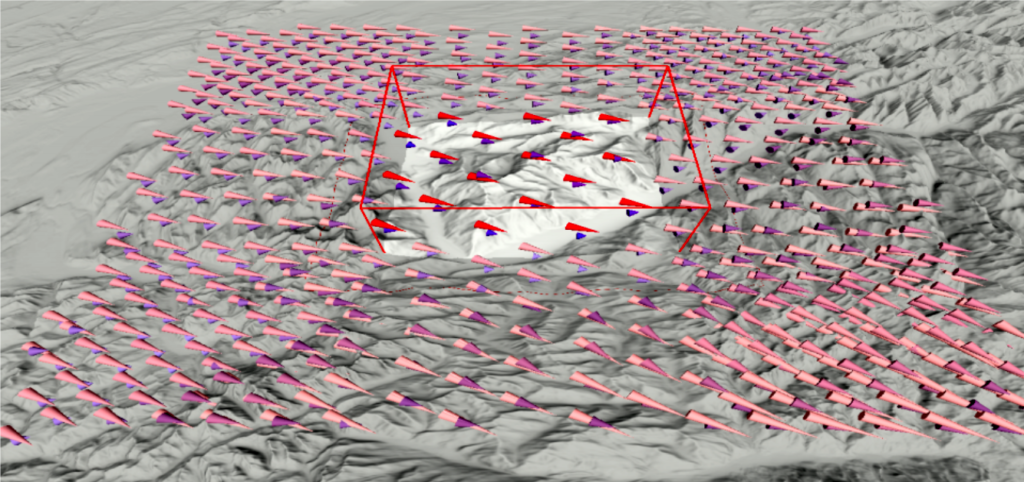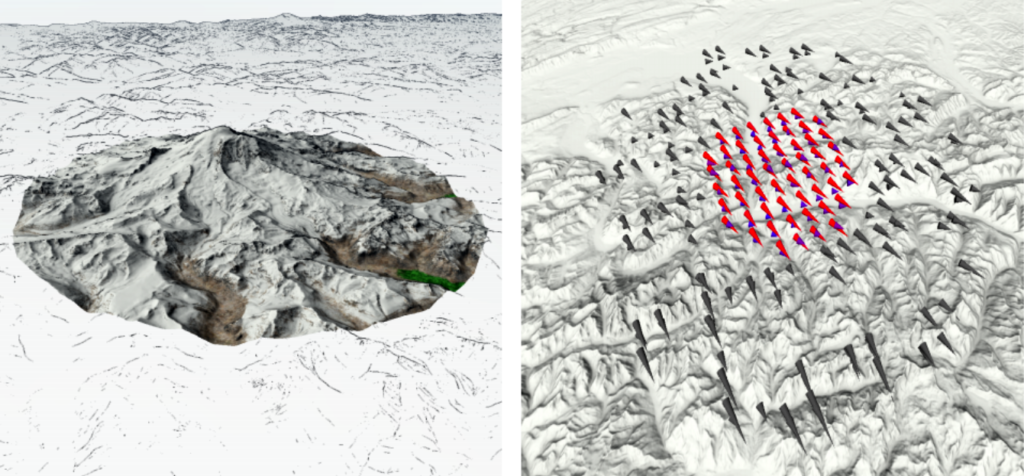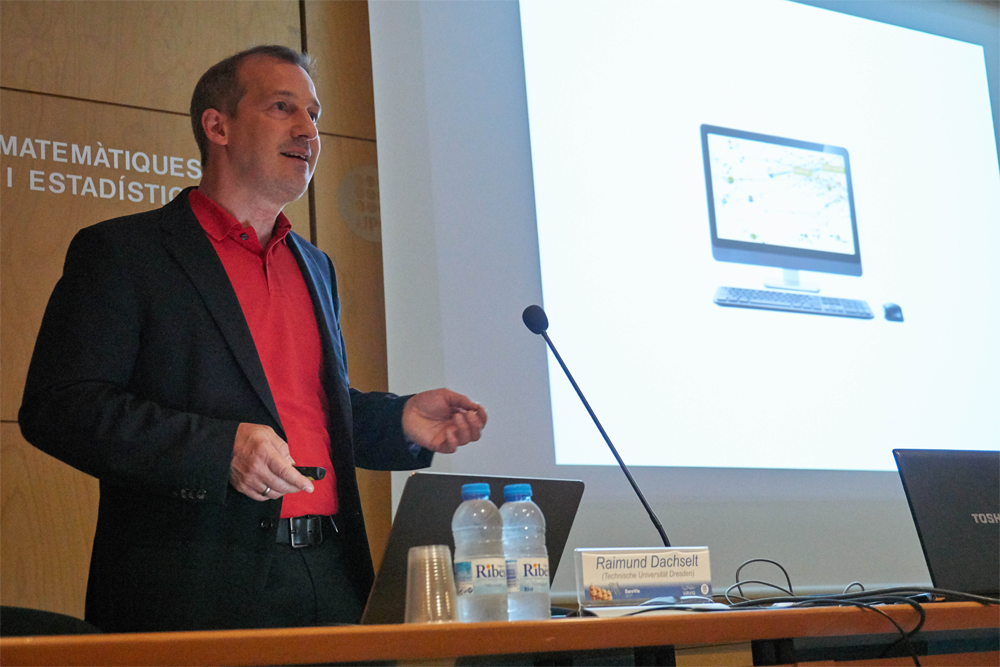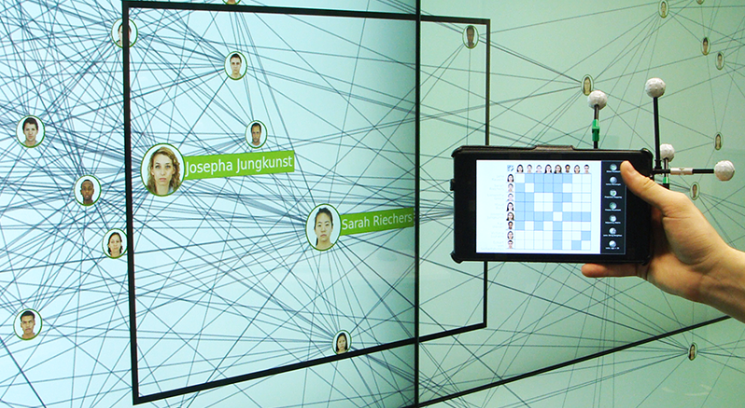The 8th International EuroVis Workshop on Visual Analytics (EuroVA) has once again been a successful venue for Visual Analytics (VA) research. EuroVA was co-located with the EuroVis conference in Barcelona. The workshop stands for an open forum in which new researchers in the field and established seniors can discuss their latest contributions with a well-established audience.

This year’s EuroVA again covered a wide range of basic VA research topics and project-driven application papers. Interestingly, 3 of the 13 workshop papers focused on event sequence analysis as their core topic. This topic is also included in the EuroVis 2017 State-of-the-Art Report on The State of the Art in Integrating Machine Learning into Visual Analytics [1] as one of the emerging application fields of VA. Many other VA-related research topics were discussed at EuroVA, including human-in-the-loop interfaces for cluster-, classifier- and subspace analysis and geo-related analysis.
The EuroVA bester paper was awarded to Martin Röhlig and his colleagues for their work on Visual Analysis of Optical Coherence Tomography Data in Ophthalmology. They presented a full-fledged VA system for the analysis of high-resolution 3D human retina scans. In their work, they show visual interactive approaches for unifying distinct data sources, data aggregation and -analysis, the comparison of complex information, as well as a structured user-guidance through the complex data spaces.

All these works show the ingredients for successful VA interfaces in which the user and the system join forces to make sense of complex data spaces.
In an inspiring keynote, Prof. Dr. Raimund Dachselt from the Interactive Media Lab, Technische Universität Dresden, Germany talked about “Natural Interaction for Enhancing Visual Analytics”. Among other things, he pointed to new and interesting research challenges that go hand in hand with Immerse Visual Analytics applications ranging from large, wall-screen sized displays, to tiny finger ring or smartwatch interfaces. Novel interaction concepts, intuitive user-friendly applications focusing on core analytic tasks and human-in-the-loop interfaces will be a necessity for these future application scenarios and will give future EuroVA workshops a solid basis for further interesting publications and inspiring discussions.
In summary, EuroVA 2017 was an great event with many interesting contributions and discussions. Many thanks go to the audience, the authors and presenters, the session chairs, the program committee, the keynote speaker, the EuroVis organizers, and specifically our sponsor SFB-TRR 161. Thanks a lot!
Next year, EuroVA will be in Brno, Czech Republic, on June 4-5, 2018. See you again in Brno for EuroVA 2018.
The EuroVA 2017 Organizers
Workshop Chairs: Michael Sedlmair, Christian Tominski
Publicity Chair: Michael Behrisch
References
[1] Endert, A., Ribarsky, W., Turkay, C., Wong, B. L., Nabney, I., Blanco, I. D., & Rossi, F. (2017, March). The state of the art in integrating machine learning into visual analytics.
In Computer Graphics Forum.
[2] Röhlig, M., Rosenthal, P., Schmidt, C., Schumann, H., & Stachs, O. Visual Analysis of Optical Coherence Tomography Data in Ophthalmology.
In 8th International EuroVis Workshop on Visual Analytics (EuroVA 2017).
[3] Richter, C., Dübel, S., Schumann. H., Visual Analysis of Geo-spatial Data in 3D Terrain Environments using Focus+Context.
In 8th International EuroVis Workshop on Visual Analytics (EuroVA 2017).





